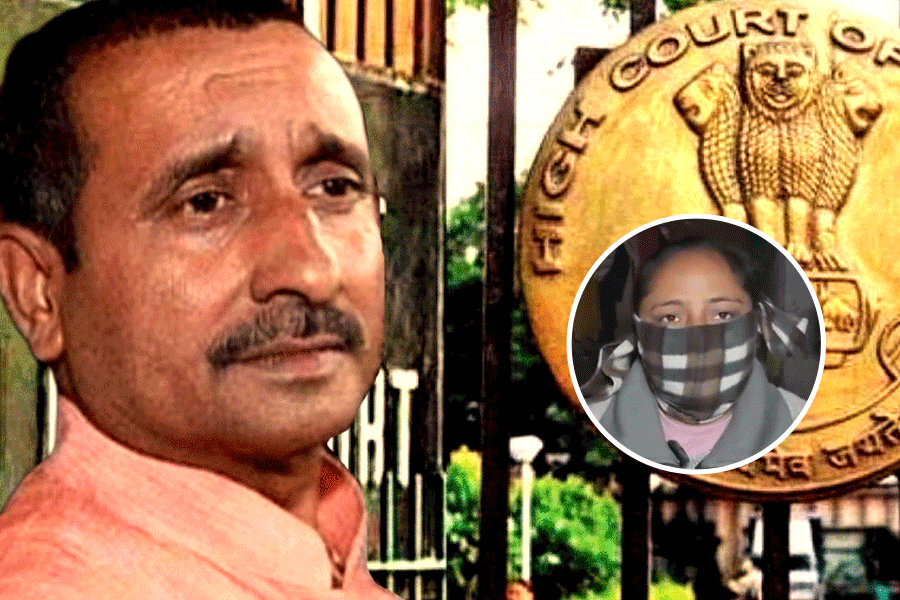 |
Bhubaneswar, July 19: Break, lock, pop…. Shimmy, spin, tap…. Leap, split….
If you’re interested in contemporary Western and Latin American dance forms, these terms are not unfamiliar to you. Whether it’s breaking, locking and popping of Hip-hop, the shimmies, spins and taps of Salsa or the leaps and splits of Jazz, the passion for African American and Latin American dances, such as Hip-hop, Jazz, and Salsa has youngsters in the capital in its grip. Experts believe that televised dance competitions are increasingly spurring young people to learn these dance forms, which were once unseen in the country.
At dance school Rhythm, the only institute in the city that offers courses in contemporary and Latin American dance styles, you will find toddlers, older children, teenagers and even adults moving to the beat.
Children and teenagers are attracted by the stunts and flexible movements that are a feature of African American dance forms such as Jazz and Hip-hop. Finding your body’s centre is key to these dance styles, which are all about poise and balance.
Practice sessions at Rhythm always begin warm-ups, including stretches and other exercises.
According to Wan, an instructor at the dance school, personal expression is key to Jazz. “It is very important for a Jazz dancer to give personal expressions. There are also a lot of kicks and turns involved in this form of dance, which require the dancer to have a flexible body,” he says.
This is where the need for warm-ups comes in. “So there are a lot of exercises involved before the class begins,” adds Wan.
Hip-hop, on the other hand, is a more “freestyle” dance style. “Hip-hip is a freestyle form of dance. It involves dance moves widely known as popping, breaking and even B-boying. Hip-hop is all about rhythm,” says Wan.
The courses at Rhythm are prescribed by Dance World India, a company that organises classes in dance training.The course in Western dance includes some form of ballet. It also includes Bollywood dance besides Jazz and Hip-hop.
Children at the school are keen to pick up the dance steps. “I want to be able to perform more stunts. I really enjoy the dance class,” says Susanket, an enthusiastic seven-year-old.
College students are more interested in the ballroom dance form of Salsa. Housewives and corporate employees too are inclined towards this Latin American dance.
Salsa involves perfect hip movements, back-and-forth shoulder movements, shaking and splits.
When a couple performs Salsa, the emphasis is on synchronisation between the dance partners. Salsa features a lot of spins too. “It’s a beautiful dance style. Salsa helps you to be more confident about carrying yourself,” says Shaila, a corporate employee, who learns Salsa at the institute.
“Fitness is an important reason why people in the age group of 25 to 35 attend the Salsa class. But it’s the teenagers who are truly passionate about this ballroom dance form; they want to pursue it as a career. It’s amazing how easily they pick up the steps,” says proprietor of the dance school, Anju Agarwal.
She adds that an increasing number of dance competitions on television are creating awareness about these new dance forms among people in the city. “Numerous competitive dance shows on television, which emphasise on contemporary and ballroom dance styles, have made people here aware about the importance of technique. It’s a good development,” she adds.
Dance classes are held on Saturdays and Sundays at the dance school.










